15 results found cork oak
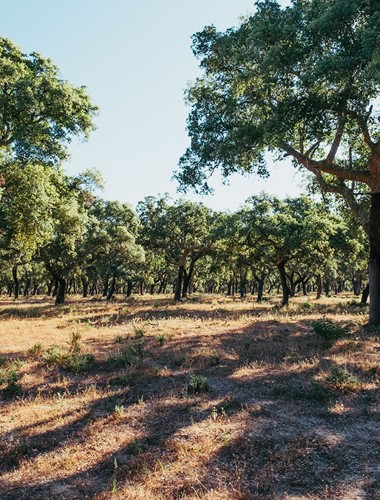
Cork Oak Forest
From all the cork oak forests, approximately 340 000 tonnes of cork are harvested each year.
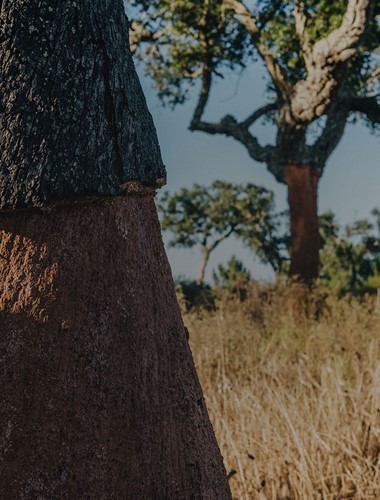
What is the cork oak?
The cork oak is an evergreen tree, of the Fagaceae family (Quercus suber), to which the chestnut and oak tree also belong. There are 465 species of Quercus, mainly found in temperate and subtropical regions of the Northern Hemisphere. Cork is harvested from the Quercus suber L species.

Preservation of the cork oak forest
It makes the cork viable in a unique manner, and as a result, the preservation of the cork oak forest, a unique example of green economy, which is based on a balance between economic, social and environmental issues. The constant concern to adopt and reinforce sustainable development practices makes Corticeira Amorim o…
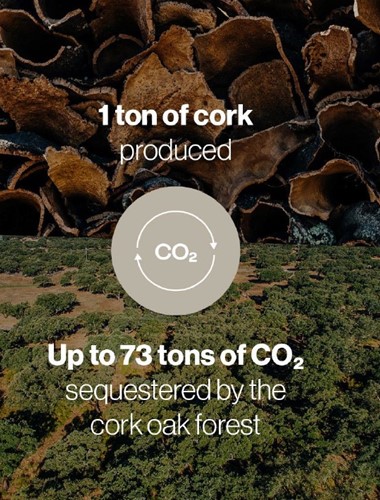
Cork oak forest, a positive contribution for climate regulation
The cork oak forest provides an essential contribution to the air that we breathe, by absorbing carbon dioxide. It is estimated that per each ton of cork produced, the cork oak forest can sequester up to 73 tons of CO2. Source: https://www.apcor.pt/wp-content/uploads/2015/10/Brochura_Ambiente__EN.pdf
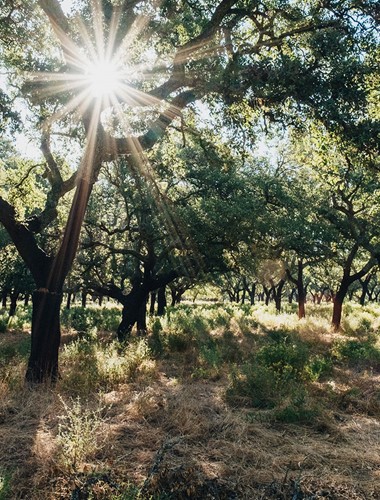
Why is the cork oak called Quercus suber L.?
The name Quercus suber L. stems from the fact that the cork oak belongs to the oak family - «Quercus (oak) suber», because it is a subspecies of the oak tree - and L. derives from Linnaeus, who was the first botanist to describe the species.
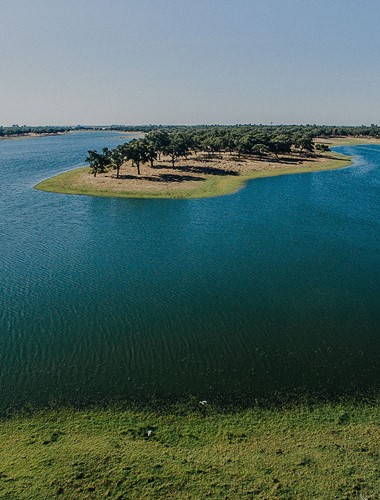
How important are cork oak forests?
Cork oak forests contribute to the preservation of biodiversity and the survival of many indigenous animal species, some of which in danger of extinction. Equally important is its role in capturing CO2, the regulation of the hydrological cycle and restraining environmental and social desertification.Cork oak forests fo…
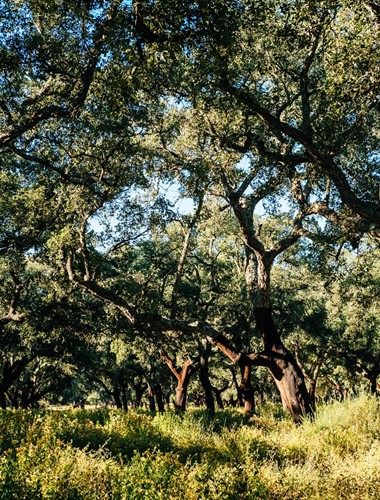
What is the cork oak forest’s total area?
Cork oak forests occupy an estimated area of over 2.2 million acres in the Western Mediterranean basin. Around 90% of the species is distributed in Portugal, Spain, Morocco and Algeria. Approximately 200 000 tons of cork are harvested from the world’s cork oak forests each year. Portugal, which has a third of the…

Cork oak forests are natural CO2 retainers
It is estimated that per each ton of cork produced, the cork oak forest can sequester up to 73 tons of CO₂, a sizeable contribution for reducing greenhouse gas emissions, the main cause of climate change.
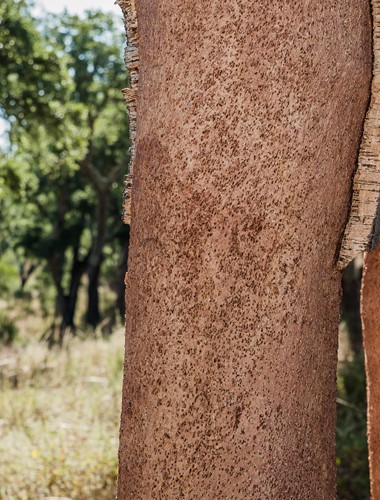
Cork is the outer bark of the cork oak tree (Quercus suber L.).
100 percent natural, reusable and recyclable, cork is, whether from the environmental, social or economic perspectives, one of the world’s most versatile materials. It takes each cork oak 25 years before it can be stripped for the first time and it is only from the third stripping (at 43 years of age) that the cork, th…

Nature as our starting point
The contribution of cork oak forests and cork to biodiversity preservation
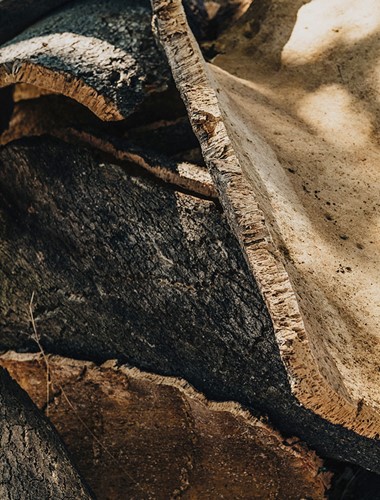
tags
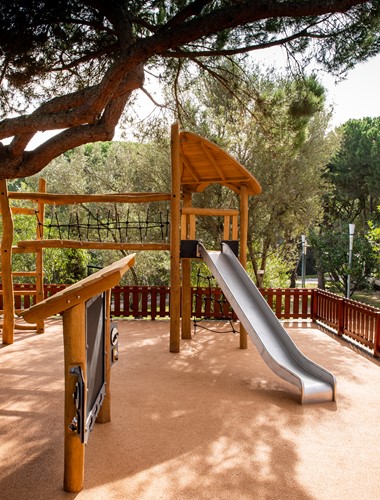
Everything begins in Nature
Cork is a natural, 100% biodegradable, recyclable, renewable raw material obtained from the cork oak tree (Quercus Suber L.). This oak species whose bark (cork) regenerates itself is mainly found in Southern Mediterranean countries and North Africa, and has an average lifetime of 200 years. Portugal is the leading cork…
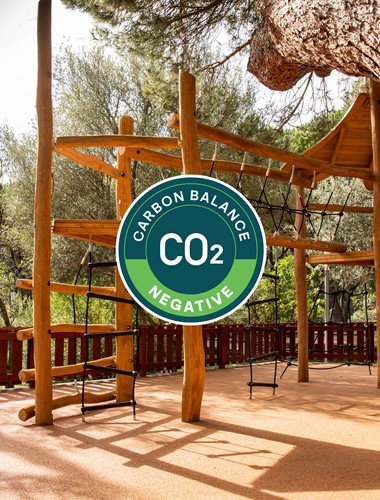
text 2
The Corkeen system has been developed in accordance with circular economy principles. According to a recent Environmental Footprint study, conducted by EY, the Corkeen system has a negative carbon balance of -102kg CO2 eq/m2. This means that the Corkeen system promotes carbon sequestration via the cork oak forest that…
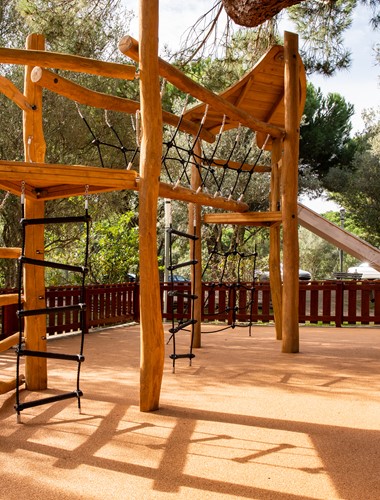
text 1
The carbon balance of the Corkeen system, a revolutionary impact-absorbing surface solution for play, leisure and recreational spaces, is -102kg CO2 eq/m2. This means that the Corkeen system promotes carbon sequestration in the cork oak forest that exceeds the CO2 emissions from its production. The Environmental Footpr…

text
In this context, it was perfectly natural to choose Corkeen Play Original, to be applied to the floor of outdoor playspaces, given its sustainability credentials. The Corkeen system has a negative carbon balance of -102 kg CO2 eq/m2 for a thickness of 40 mm (25mm base layer and 15mm top layer) and a critical fall heigh…